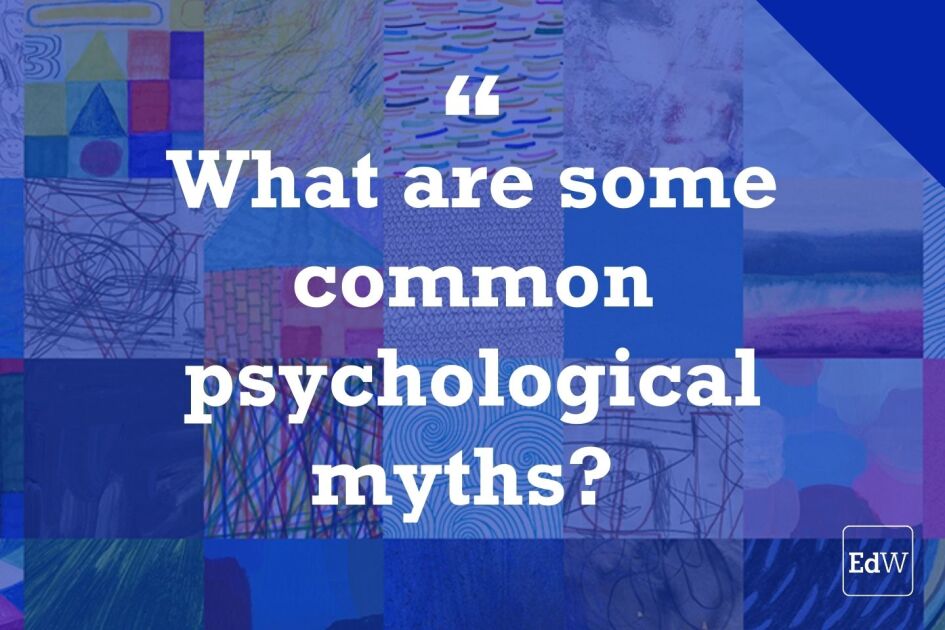UPDATED
Since this story ran, researchers at CIRCLE found a small error in their analysis and revised the figure for voter turnout for voters aged 18 to 19. We have updated the story to reflect the most accurate data.
In the midterm elections, voter turnout rates for 18- and 19-year-olds boomed to 23 percent, a “historic high point,” according to new data released today by the Center for Information & Research on Civic Learning and Engagement at Tufts University.
Eighteen- and 19-year-olds represent first-time voters—the ones who either voted while in high school or in their first few months of college.
There’s no direct way to compare the 2018 figure to 2014 midterm turnout data, because there is no similar analysis for that year. But the CIRCLE research says this safely represents a significant increase: Turnout in the broader youth category of 18- to 29-year-old category was 28 percent in 2018—a dramatic increase over the 13 percent who voted in 2014— so the increase for this younger subset of that larger population went hand in hand with that overall voting spike.
There are two reasons why these figures matter for educators. For one, these are voters who were the direct-age peers of the core Parkland, Fla., activists, who in 2018 prompted a massive wave of youth activism following the school shooting at Marjory Stoneman Douglas High School. They focused their advocacy both on gun violence in general and more specifically on the importance of voting, and the new data suggests that that work had an impact.
The data also highlights the roles K-12 schools can play in preparing students to exercise, for the first time, their right to the franchise.
“There’s nothing automatic that happens when you reach 18,” said Abby Kiesa, the director of impact for CIRCLE. “Starting earlier than 18 is a really important way to diversify the youth electorate, especially when it comes to schools.”
Creating Young Voters
This national figure probably hides some significant variation among the states. State turnout among youth in general varies, probably as a function of the specific contests on the ballot, as well as states’ laws and policies around civics education and voter registration. CIRCLE found, for example, that the 18- to 29-year-old turnout rate in 2018 ranged from the mid-teens in some states to nearly 44 percent, in Minnesota.
Here’s the major question these results beg: How do states and schools keep sustaining these patterns?
One idea that states could implement is to expand preregistration for voters, which allows those younger than 18 to register for state and federal elections. This usually works by filling out an application and being added to the rolls on a provisional basis. But it’s not a universal practice.
According to the National Conference of State Legislatures, 14 states permit preregistration beginning at age 16 and four others at age 17. Other states set varying other ages, or don’t specifically state an age.
Civics education experts also stress the importance of school-based preparation for voting, from improved civics classes to more concrete actions, like educating students about the steps it takes to vote and directly providing registration forms. It should also include multiple opportunities to engage with the voting process, through youth leadership programs, volunteering as poll workers (many states have a shortage of them), and mock elections, said Larry Sabato, the director of the Center for Politics at the University of Virginia.
“You can’t have one assembly and expect it to be done,” said Sabato, who is also a professor of politics. “You have to have it stressed in a civics class that people take, not just for one semester; they should have it every year in high school.
“The other trick I think really works, because it reduces opposition, is to have both Democratic and Republican elected officials come into the school at regular assemblies, tell them about their perspective on government and politics, and always, always include the process of how to register and how to vote. Make it so familiar that it is no longer forbidding,” he said.
Some states like California require the Secretary of State to send voter-registration forms to all high schools, but don’t specify how schools should get these into students’ hands. Other states go further, but have serious problems with compliance: The Texas Civil Rights Project, in fact, has documented that many high schools there aren’t giving out voter registration forms to students, which they’re required to do twice a year under state law.
Sabato thinks states need to seriously gin up both practices. As for why these practices are not already widespread, he points out that many of the states whose policies encourage youth voting have tended to lean Democratic, while the Deep South trails behind other states in its youth-oriented get-out-the-vote efforts.
“Let’s get down to brass tacks. If young people were voting Republican, I guarantee you, all those states would have pre-registration,” he said about those states.
Along with its release of the new data, CIRCLE has put out its new Growing Voters framework, which outlines some of the things it says needs to happen both inside and outside of school to sustain youth voting momentum. The bottom line, said Kiesa, is that youth voting is a culture that needs to be nourished.
Sabato offered a final word on the boom in first-time voter turnout. “It’s progress, but we have a long way to go,” he said. “That’s all you can really say.”



